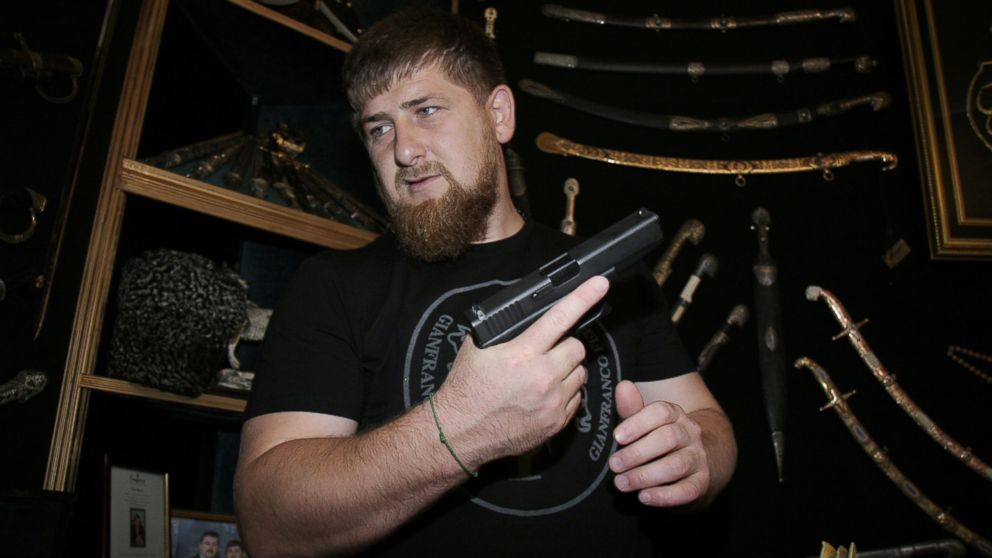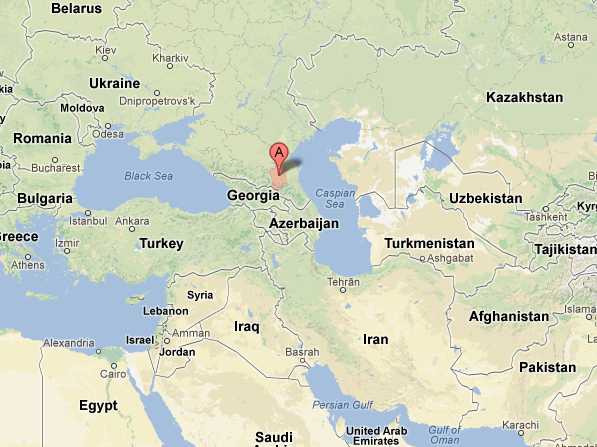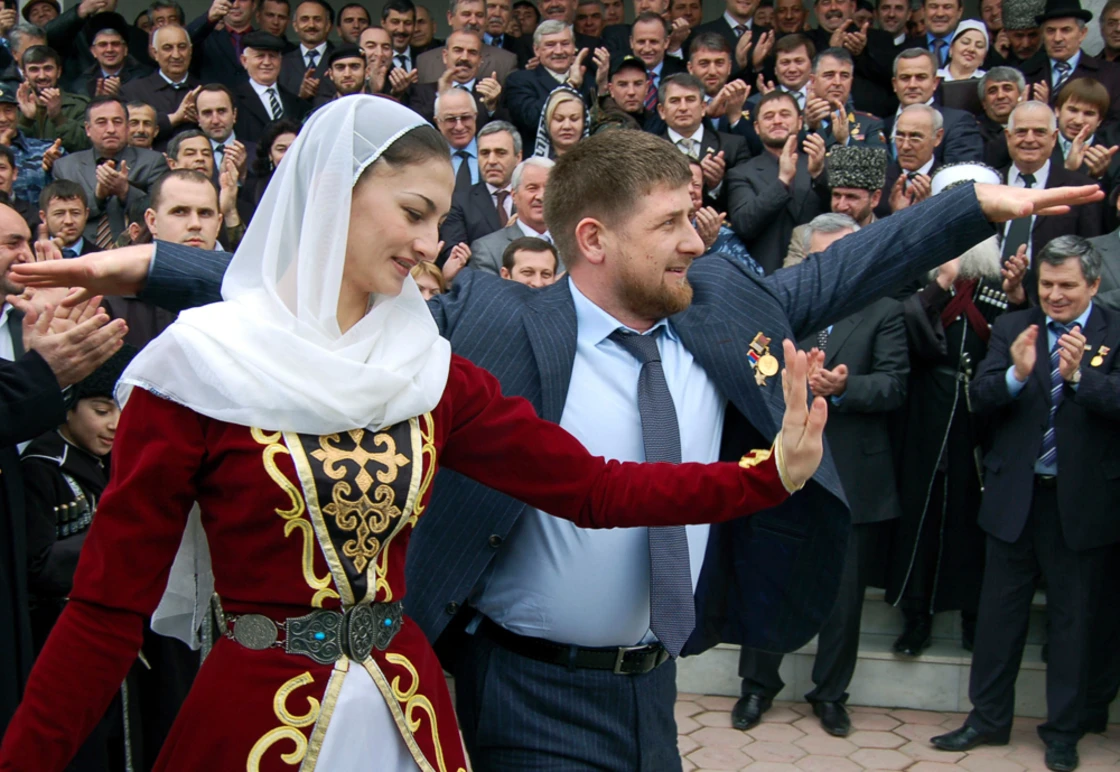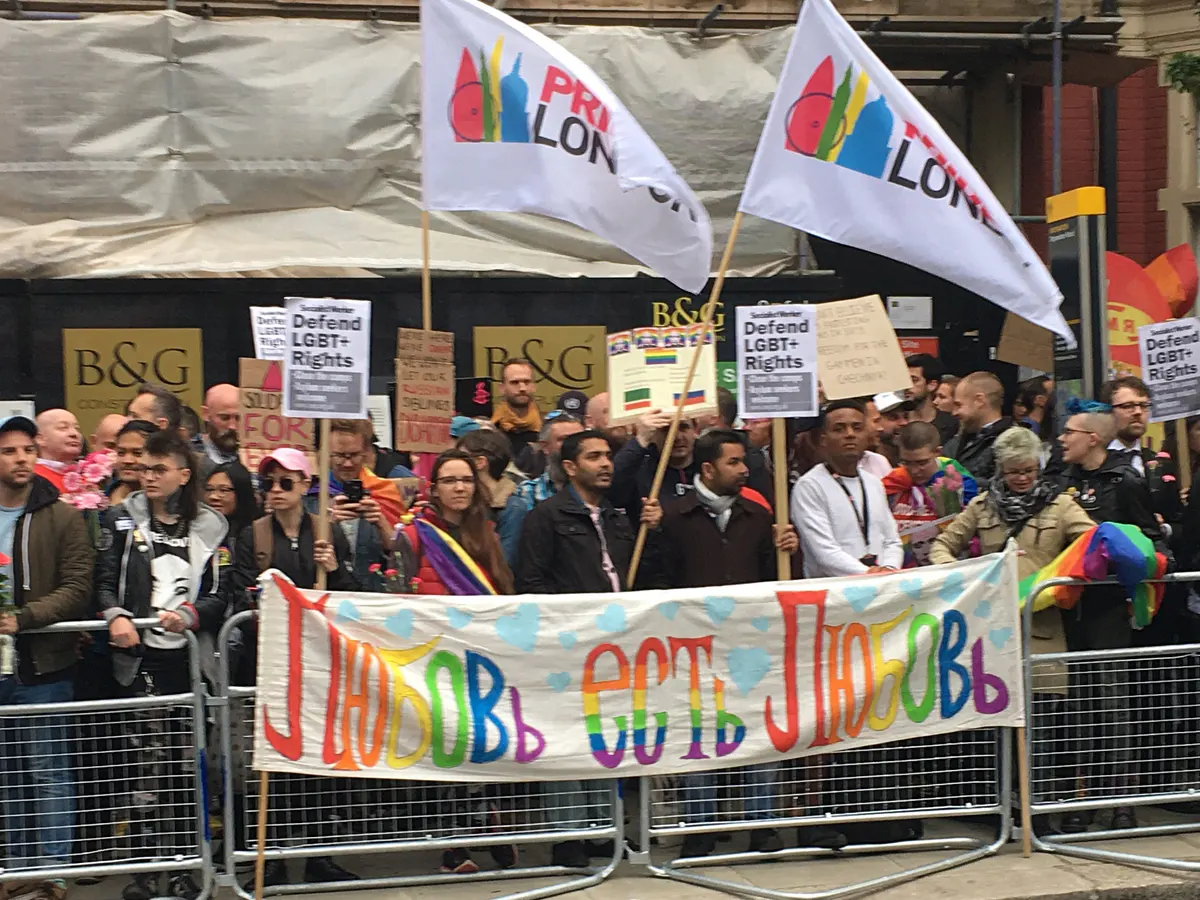What separates a mob boss or cartel leader from the ruler of a nation? A people? Where is the line drawn between the ordered chaos of criminal rule and the institutional governance of law and order? In many instances, these lines are blurred.

They are often skewed so that they might appear to be one and the same. When dealing with authoritarian countries, these lines often become even more obscure.
Global relations and geopolitics of the present day are defined by conflict that some may refer to as criminal. Border disputes, secession, independence, and in some cases, conquest. The war in Ukraine is the staple of modern conflict. What was initially estimated to be a skirmish that could end in a week, the battle has drawn on to expand into a year-long conflict, lines in the sand being drawn globally.

The war is difficult enough to understand on its own. To lighten this burden, I have elected to write a series of articles explaining at least one facet of the war; the various personalities surrounding the conflict.
To the Canadian reader, many of the individuals seen in the news may simply be faceless, and unrecognizable aside from their names alone. Putin, Medvedev, Kadyrov, Zelensky, and many others. When the government has nearly unlimited power, what separates them from mobsters? Let’s discuss that by explaining just who the most important figures in Russian and Ukrainian political discourse are.
Ramzan Kadyrov
Ramzan Kadyrov is the leader of Chechnya, a state within the Russian Federation. The first selection may seem arbitrary at first. The apparent selection might be Putin or Zelensky, two heads of state locked in bitter conflict.

However, Ramzan Kadyrov plays an integral role in the spread of Russian rhetoric and the Chechen ideology globally, and thus he plays a significant role in war information.
Chechnya
Before analyzing Kadyrov’s political history, it may be wise to summarize how Russia operates and, furthermore, what Chechnya is. The Russian Federation is made up of various states. They can be seen as similar to those in America or Canada, but there is one significant difference that must be acknowledged; the existence of autonomous republics, which are a consequence of the size of Russia, its borders reaching from Poland to North Korea.
It is expected that Russia is, therefore, very heterogeneous, with various cultures spread out across the vast Russian landscape. To combat instability, unique ethnoreligious groups within Russia are given a remarkable degree of autonomy not afforded to Russian states within the Federation. Chechnya is one of these such republics.

With Chechnya’s place within the Russian Federation acknowledged, just how did it become a part of Russia, then? In 1991, the Soviet Union split apart, and one of the many former Soviet subjects that seceded was the landmass we now simply refer to as Chechnya. Russian forces attempted to reoccupy Chechnya in 1994 but were repelled. Kadyrov’s father, Akhmad Kadyrov, was a leading general during this conflict.
The Second Chechen War later broke out in 1999, and Kadyrov’s father aligned himself with the Russian government. By siding with Russian forces, Chechnya had lost one of its most dedicated commanders, and in turn, Akhmad had secured something integral by the end of the war, the governance of Chechnya under the supervision of the Russian Federation.
Kadyrov’s Role in Russo-Ukrainian War
Ramzan Kadyrov, inheriting the position from his father, has been one of Putin’s greatest allies. Kadyrov has ruled with an iron fist, shaping Chechnya into his ideal land. One of the ways he does this is by encouraging Muslim men of the Russian Federation to enter competitive fighting. Some report that after being professionally trained, many of these techniques are then reflected to Chechen troops.

The emphasis on ‘macho men’ is perfectly fitting for Kadyrov though. His social media presence plays him up as more of a playboy than anything—especially on his Telegram account—where he can be seen posing with exotic animals, weapons, and other luxuries. There, he also posts frequent war updates. In addition to this, there exists a Chechen clothing brand named after his father, Akhmad.
One of the major criticisms of the Chechen regime is its treatment of the LGBTQ+ community. The 2020 documentary ‘Welcome to Chechnya chronicles the smuggling of various oppressed people out of Chechnya and the Russian Federation.
The documentary reports that many LGBTQ+ youth have been kidnapped by Chechen authorities. When captured, they are taken to holding facilities and mercilessly tortured, with the expectation that they might reveal others like them. Kadyrov refuted this claim outright, stating that not only is the torture not occurring, but that it could not have been occurring. How would this be possible, one might ask? Kadyrov explained that there simply are no gay men in Chechnya. He followed this up by stating that “If there are any, take them to Canada.”

Kadyrov’s role in the war in Ukraine is complicated. There are various Chechen brigades fighting on the front lines. Additionally, there are many extra Chechen units there that serve what appears to be a primarily propaganda-based role. While Russia still insists on its ‘special military operation,’ Kadyrov has repeatedly labeled the conflict a war and has even made declarations of Jihad against Ukraine.
In addition to this, Kadyrov made promises that he would send his teenage sons to Ukraine, who presented Ukrainian prisoners of war to him in October of 2022. Kadyrov’s fiery media personality is, therefore, a valuable political tool for Russian politics, as well as for boosting morale.


